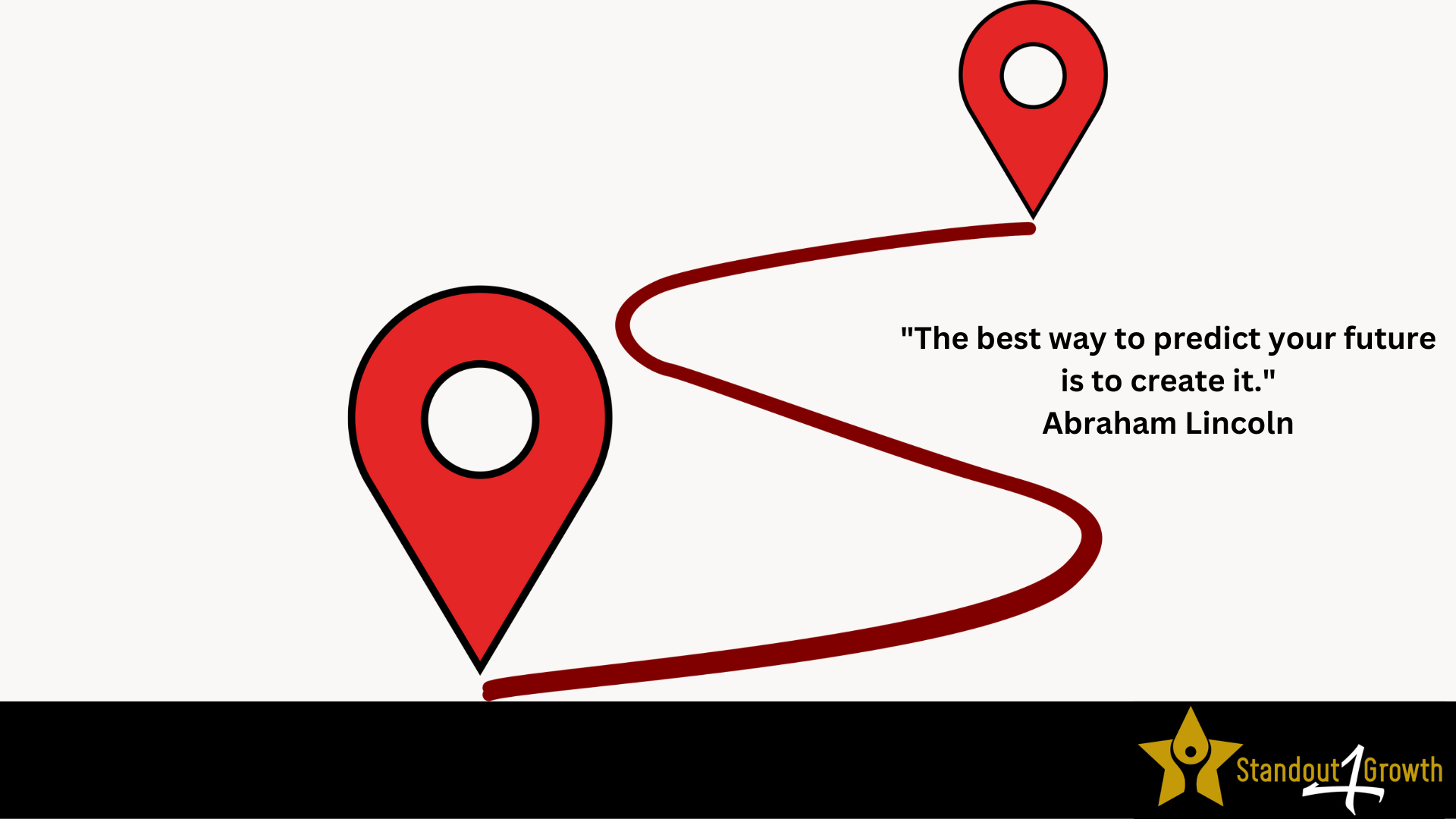

How the Fourth Industrial Revolution will Change Marketing and Customer Service
Technology is exponential, expensive and unforgiving. History has not been kind towards the businesses that chose willingly or otherwise to


People world over celebrate the ones they love. In this spirit, the whole month of February is dedicated to express love. However, this is rarely replicated in the world of entrepreneurship.
This brings us to the question, how often do you celebrate your business? As a business leader, do you dedicate yourself to make your business thrive and offer the best of your products or services to your customers? If you do not, how can you make your team, as well as customers, become your brand evangelists?
Imagine a scenario where your customers and employees celebrate your business and not the other way around as we see it today? Wouldn’t it be nice to see all your customers rallying together to support the cause of your business? This is what I consider the real ‘Brand Evangelism’.
So how a business can apply brand evangelism as a form of marketing to increase their sales and a loyal base of ever-growing customers?
Brand evangelism is defined as a consumer’s dedication and enthusiasm about a brand, generally inspired by an emotional connection. Brand evangelists, on the other hand, are your most valuable customers—they enthusiastically recommend your brand. They do it simply because they enjoy it, which is the most valuable type of free advertising.
Guy Wakasaki, the chief evangelist of Canva and a renowned ideologist explains the difference between a salesperson and an evangelist.
‘A salesperson has his or her own best interests at heart: commission, making quota, closing the deal. An evangelist on the other hand has the other person’s best interests at heart.’
Over the years, businesses have spent their allocated budgets on hiring external teams to influence targeted consumers, ending up with teams who have no connection with the brand who do anything, wrong or right in the name of hitting targets. This lack of emotional connection is eventually transferred to the customer.
Yet, a strategy that is rarely tried by businesses is to utilize staff members as brand evangelists. A company’s workforce will often have the most effective voice for increasing brand awareness when they have the feeling they own and are part of the soul of the business. These are the people recommending the business to others for free, making unboxing videos, sharing, commenting, and promoting you or your posts on social media. They are not celebrities or influencers, yet they are so powerful. The fact that they relate easily to the normal person, connect emotionally with their audience that the only reason they bought a brand is that they genuinely love it.
Simply put, brand evangelism is a powerful form of word-of-mouth marketing. It’s effective because it’s personal and exciting, totally free to you, and has the potential to go viral.
Kawasaki, formerly a Chief Evangelist at Apple offers a roadmap on how to evangelize a product or service.
First and foremost, make the product great since customers place quality above everything else. It’s much easier to evangelize quality products since positive reviews and recommendations will surely follow. The product must be deep, intelligent, complete, empowering, and elegant.
After making a quality product, position it as a “cause/solution” meant to change lives. Explain in detail how the product improves livelihood and edges out the competition. Evangelists need to seize the moral high ground and go beyond the mere exchange of money for goods and services.
Thirdly, turn the cause into a lifestyle. Seek to change the view of evangelism as a job but a way of life. No matter how great a marketer is, if he/she doesn’t love the cause, he cannot be a good evangelist for it. In evangelism, love transcends even an impressive CV with good education and rich work background—if you don’t love it, don’t evangelize it.
The next step is to localize the pitch by keeping it simple and relatable. Describing your product using outlandish language may turn off people who may confuse it with false marketing. People don’t buy complex items, instead, they go for local items to supplement their lives.
Kawasaki explains that Macintosh wasn’t successful because it was “the third paradigm in personal computing” but because it “simply (and powerfully) increased the productivity and creativity of one person with one computer.”
Then look for agnostics and ignore atheists. Brand evangelism is like religion, it’s hard to convert someone from one to the other. Therefore, look for people who believe in your product’s superiority over competitors. The easiest person to convert is someone who never used the product before either from you or competitors. Also, be very swift since evangelism is not like normal marketing. If a person doesn’t “get” your product or service after fifteen minutes, cut your losses and move on.
Besides, let people test drive the cause. Customers are smart, therefore do not overload them with ads and promotions. Instead, provide ways for them to test the products and decide for themselves. Evangelists believe that their products are good—so good that they’re not afraid of enabling people to try before they buy.
Customers will see what is projected by your employees. With time, a business of evangelists will have followers willing to die to defend the cause that a brand stands for.
Keep all this in mind when the month of love crops up again….in the meantime, what steps will you take today to get your employees your first line of evangelists?
Click the link to catch the last article on Memes And Marketing: The Role Of Memes In Business Development


Technology is exponential, expensive and unforgiving. History has not been kind towards the businesses that chose willingly or otherwise to


This week, we interrupt your normal story bulleting to answer a question I get asked a lot. “I am struggling


There is a quote I love by Matshona Dhliwayo that sums the power of standing out “The world accommodates you